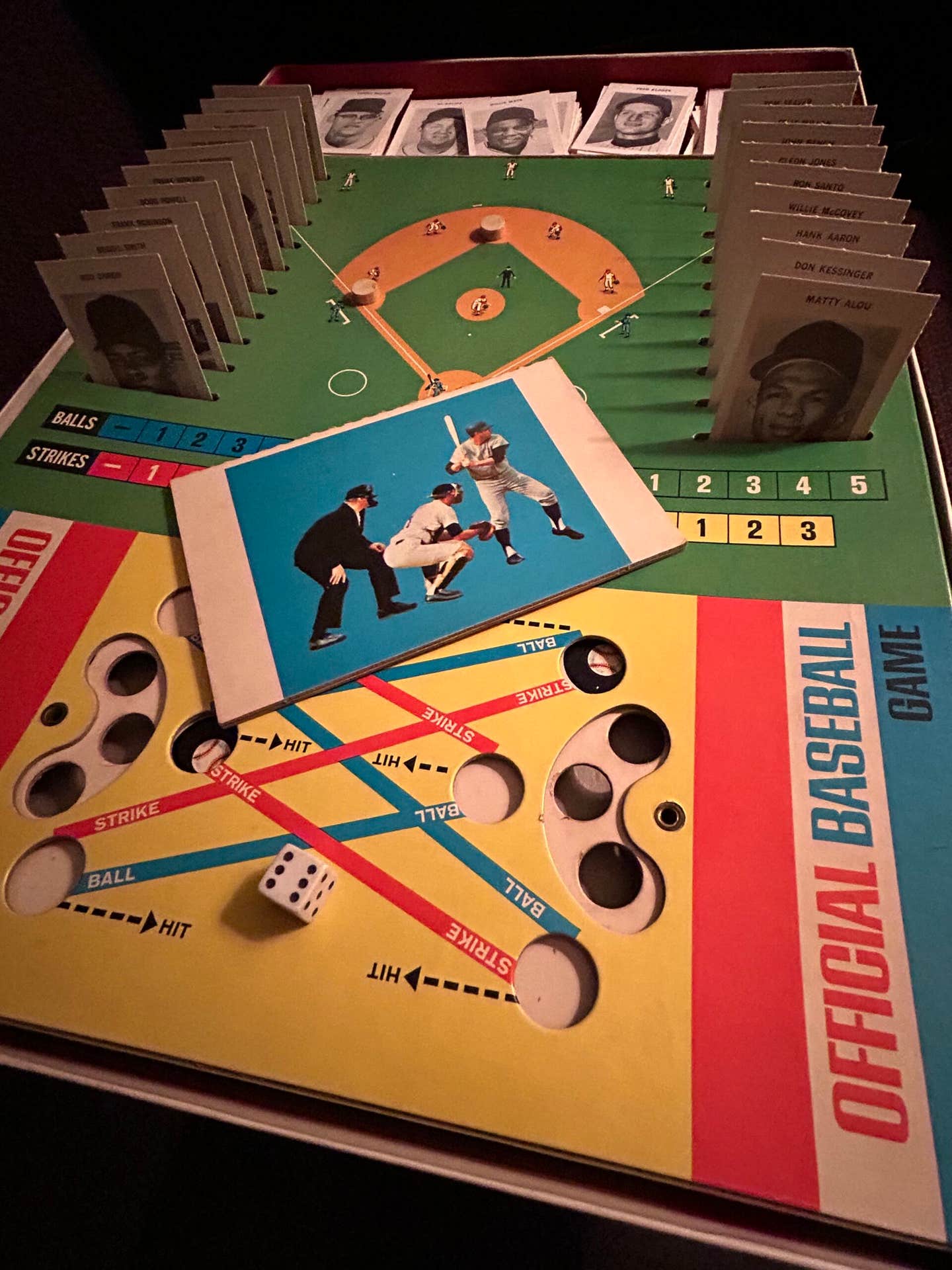Hockey
Careers of Orr and Shore draw parallels
The hockey card on the auction block described the pictured player this way: “...Great ability for fast breaking, checking and rushing earned him chances to travel with bigger teams until he landed with the Boston Bruins...He has been the game's greatest defensive star on all-hockey teams many tines...Is one of the highest scoring defense players in the game and always gives a thrill when he starts one of his famous 'rushes' down the ice. Is one of the highest paid stars in hockey but is very modest and quiet in person.”
So, who was the player pictured on that card?
Another of that player's cards offers a few more hints: “...One of hockey's outstanding and famous defense players, and always a big threat on the attack with Boston...”
If you need more info, one of Boston’s daily newspapers described the player's first National Hockey League game like this: “...His speed is exceptional and he handles his body and stick well...He caught the fancy of the fans...”
So, you're probably thinking the player in question is Bobby Orr.
A logical conclusion, especially during this year, the 50th anniversary of Orr's “Flying Bobby” overtime goal that won the 1970 Stanley Cup for the Bruins and resulted in the most famous photograph in the game's history.
But, consider that the two hockey cards in question were a Goudey Sport Kings No. 19 and a V304D O-Pee-Chee No. 118, and the newspaper accounts appeared in the Boston Transcript. The cards first appeared in 1933-34 and 1936, respectively, and the daily Transcript stopped publishing in 1941.
If you switch your answer to a player named Eddie Shore, you've got it right. You've identified another Bruins great, a defenseman who played a generation earlier but whose career stats and accomplishments certainly resemble Orr's, at least on paper.
The card sold by Classic Auctions of Quebec, Canada, was a 1933-34 Goudey Sport Kings with a colorful image of Shore on its front and a detailed description of his life and career on the reverse. (It sold for just $125, for those keeping score at home.)
Though Shore's NHL career had ended more than a quarter century before Orr's began, it is striking how similar some of their achievements and statistics are:
The two were even similar in size, Shore standing 5-11 and weighing 194 pounds, and Orr 6-0 and 199 pounds.
Orr and Shore are often compared by Bruins fans. Even legendary Bruins broadcaster Fred Cusick described Shore as “an early Bobby Orr.”
There's even a song that commemorates both Shore and Orr, a folksy tune called “Me, Bobby Orr and Eddie Shore” composed by Stanley Nowak and recorded in Springfield, Mass., by Malone Entertainment
However, there also were differences between the two Bruins legends:
Shore and Orr played in different eras, so a comparison based only on statistics can tell only parts of their stories. Shore retired as an active player in 1940, eight years before Orr was born.
Shore played 550 regular-season NHL games and 55 more in the playoffs over 14 seasons. All but 10 of those were with the Bruins (the other 10 were with the New York Americans in his playing career's final season). Orr played 657 regular-season NHL games in a dozen seasons and added 74 in the playoffs. All but 26 of those games were with the Bruins (the other 26 were with the Chicago Black Hawks at the end of his career).
Orr scored 270 regular-season goals and added 26 in the playoffs. Shore scored 105 plus six in playoff games. Orr had 645 regular-season assists, and another 68 in the playoffs. Shore assisted on 192 assists, 13 of them in playoff games. Orr's total points were 915 in the regular season with another 92 in playoffs, while Shore's totals were 284 and 18.
Orr's best scoring season was in 1970-71 when he scored 37 goals and added 102 assists for 139 points in 78 regular-season games, plus five goals and 19 assists for 24 points in 15 playoff games. Shore's was in 1932-33 when he scored eight goals and 27 assists for 35 points in 48 regular-season games and added four assists in five playoff games. (Orr's top single-season goal production came in 1974-75 when he put 46 pucks in opponents' nets.)
Neither Shore nor Orr ever backed away from a fight, though the former was more often the aggressor. He still holds the NHL record by having five fighting majors called on him in a single game.
Orr racked up 953 penalty minutes in regular-season games, and sat an additional 92 minutes in the playoffs. Shore was in the sin bin for a total of 1,047 minutes during regular-season games and added 179 minutes in playoff games.
Shore's most penalized season was in 1927-28 when he had 165 minutes in 44 regular-season games, and his postseason high was 40 penalty minutes in only eight playoff games in 1926-27. For Orr, his 133 penalty minutes in 67 games in 1968-69 was regular-season high, and 28 minutes was his most penalized playoff series in 1973-74
One penalty does illustrate the dark side of Shore's career. It was in a game against Toronto that Shore KO'd Ace Bailey, a hit from behind that injured the Maple Leaf's star so severely that it ended his hockey career.
Card collectors can look for about 30 Shore cards, starting with the 1933-34 Goudey Sport Kings rookie that set off this comparison. Orr is pictured on more than 300 cards, starting with his 1966-67 rookies by Topps.
But the most famous photo of Orr, of course, is still the “Flying Bobby” scene that is being celebrated once again on this, the 50th anniversary of his Stanley Cup-winning goal for the Boston Bruins.








